In today’s business world there is a tension between flexibility and certainty, and organisations find themselves torn between predictive and adaptive approaches. Combining Agile and Traditional Project Management has become a hot topic, as businesses try to use the best parts of both methods without compromising quality. This mix aims to blend the structured planning of the waterfall model with the adaptability and ongoing improvement of agile techniques creating a strong hybrid approach that can adjust to different project needs and hurdles.
This article explores how to blend predictive and adaptive approaches to create successful initiatives. We'll look at key considerations when putting this combined approach into action, including project type, communication strategies, and tools that support both approaches. The piece will also tackle common problems that arise when mixing these different project management philosophies and offer practical ways to solve them.
Integrating Predictive and Adaptive approaches for successful initiatives
The integration of traditional project management with agile methodologies has become more common in large-scale organisations. This blend brings together the organisation and planning of traditional methods with Agile's quick responses and adaptability. But setting up and operating a hybrid approach has its own challenges which require careful alignment between the project team, organisational objectives, and project implementation.
To better understand the challenges associated with implementing hybrid models, interview data was collected from eight experienced Agile coaches who have implemented Agile in non-software industries. The practical actions identified for managing these challenges can be categorised into three levels: aligning planning and delivery approaches, effective risk management, and stakeholder engagement.

Planning and Delivery
A crucial part of combining predictive and adaptive methods involves striking the right balance between planning and delivery. Traditional project management puts emphasis on detailed planning up front, while Agile focuses on iterative delivery and adaptability. To integrate these, organisations should establish a plan that provides direction and clarity of intended outcomes, while allowing for some flexibility as more information arises with each iteration. It’s important to have a plan to forecast, predict and manage dependencies, and iterative delivery with frequent feedback loops to allow projects to navigate the uncertainty inherent in today’s projects.
At the beginning of the project it’s crucial to clarify the intended outcomes of the initiative and create at least a high level plan of how they will be achieved. The optimum level of upfront planning required will be determined by the type of work and level of certainty, but in most cases the work in the near future will be more certain than the work further in the future, and the level of granularity of planning should reflect this. There is often little value in planning every detail of a task that will happen 3 years from now because it is likely to change and can be solidified closer to the time!
Once a plan is established, the iterative delivery of adaptive methods allows for the project team to react to change by checking progress on a regular cadence and making more informed decisions as the work progresses and more information is available. Ensuring that the main project plan is continually kept updated, and transparent to team members and stakeholders is crucial to ensure alignment across the project.
Risk Management
Effective risk management is crucial when combining predictive and adaptive approaches. Traditional risk management techniques such as identification, mitigation and monitoring strategies are important, but can be complemented by the proactive risk mitigation approaches of Agile practices such as limiting work in progress and increasing transparency. Regular risk reviews and retrospectives also allow teams to identify and address potential issues promptly. By fostering open communication and encouraging proactive risk management, organisations can manage the risks they can predict and navigate the ones they can’t.
Stakeholder Engagement
Engaging stakeholders is essential for the success of hybrid projects. Traditional project management often involves formal communication channels and structured stakeholder management processes. Agile, on the other hand, emphasises frequent interaction and collaboration with stakeholders. To effectively integrate these approaches, organisations should follow the valuable traditional approach of stakeholder identification and engagement planning, but also establish clear communication protocols that facilitate regular feedback loops and stakeholder involvement. This includes conducting regular demos, showcases, and review meetings to keep stakeholders informed and aligned with project progress.
By defining and aligning planning and delivery approaches, creating effective risk management practices, and meaningfully engaging stakeholders, organisations can successfully navigate the challenges associated with implementing hybrid models. The insights gained from experienced Agile coaches provide valuable guidance for practitioners seeking to effectively combine predictive and adaptive approaches in their project management practices.
Key Considerations
When integrating Agile and traditional project management approaches, several key considerations need to be taken into account to ensure a successful implementation. The approach taken for any project should be based on the type of work and the problems to be solved. Generally, if work is more predictable, a traditional approach may be more suitable, while if work is more uncertain and requires more flexibility, an Agile approach may be more appropriate.
Assessing Project and Programme Type
The project and programme type and requirements play a crucial role in determining the most suitable approach. It is essential to assess the nature of the project, its complexity, and the level of uncertainty involved. This assessment helps in deciding whether a predictive, adaptive, or hybrid approach would be most effective in delivering the desired outcomes.
Evaluating Team and Organisational Culture
Another critical consideration is the team and organisational culture, as well as stakeholder expectations. Agile methodologies heavily rely on collaboration, transparency, and a willingness to embrace change. The organisation's culture should support these values to facilitate a smooth transition towards Agile practices. It is important to align stakeholder expectations with the chosen approach and ensure their buy-in and support throughout the project lifecycle.
Adapting Stakeholder Engagement
Effective stakeholder engagement is often the key success factor for initiatives and can make or break a project. To ensure stakeholders are kept informed and engaged, one must consider the current expectations and mindsets of key stakeholders and tailor the stakeholder engagement and communication approaches accordingly. For example, a key stakeholder who is accustomed to traditional reporting and governance styles will expect to be engaged in this way and these practices may be required to win their trust, but involving them in regular iteration reviews and showcases can introduce them to a different way to engage.
Tailoring the Approach
When integrating Agile and traditional project management, it is essential to consider the project and programme type, team and organisational culture, and stakeholder expectations. By carefully assessing these factors and adopting a tailored approach, organisations can successfully blend the strengths of both methodologies to deliver successful initiatives.
Tackling Obstacles
Integrating agile and traditional project management approaches can present several challenges that organisations must navigate to ensure successful implementation. These challenges often stem from resistance to change, misalignment of processes, and stakeholder management issues.

Addressing Resistance to Change
One of the primary obstacles is the resistance to change within an organisation. Transitioning from a traditional, hierarchical structure to an agile, collaborative environment requires a significant shift in mindset and culture. Employees may be hesitant to embrace new ways of working, fearing the unknown or feeling uncomfortable with increased transparency and accountability.
To overcome this resistance, organisations must invest in the change journey for their people. Training and education programmes can help employees understand the benefits of agile methodologies, but experiencing a different way of working is often required to shift mindsets. Choosing a strategically important project to pilot Agile ways of working creates focus and dedication, but often requires external support to ensure a sound application of Agile approaches. Leadership leaning in and encouraging teams to embrace change and adapt to new ways of working is also an important success factor.
Aligning Agile and Traditional Processes
Another challenge lies in the misalignment of processes between agile and traditional approaches. Providing clarity on which approaches will be adopted, how the project will operate and how roles and teams will interact is crucial for success. Investing time at the beginning of the project to agree ways of working (project structure, roles and responsibilities, forums and cadences, etc.) will ensure that team members understand how work is done and how information flows through the project.
Managing Stakeholder Expectations
Managing stakeholder expectations can be difficult when they are accustomed to one approach over the other. To overcome this mismatch in expectations, organisations must educate stakeholders on the benefits and strengths of each approach in different contexts, and how each approach requires different stakeholder engagement and behaviour.
Ensuring that stakeholders feel engaged and updated is important to win and maintain their project support. Especially if agile methodologies are new to some stakeholders, ensure that they are involved in planning and review meetings and actively elicit their input. Creating and maintaining transparent reporting practices which clearly communicate status and progress can also be a great way to ensure stakeholders stay informed and engaged.
Managing stakeholder expectations can be difficult when they are accustomed to one approach over the other. To overcome this mismatch in expectations, organisations must educate stakeholders on the benefits and strengths of each approach in different contexts, and how each approach requires different stakeholder engagement and behaviour.
Ensuring that stakeholders feel engaged and updated is important to win and maintain their project support. Especially if agile methodologies are new to some stakeholders, ensure that they are involved in planning and review meetings and actively elicit their input. Creating and maintaining transparent reporting practices which clearly communicate status and progress can also be a great way to ensure stakeholders stay informed and engaged.
Embracing a Proactive Approach
By addressing resistance to change, aligning processes, and effectively managing stakeholders, organisations can successfully overcome the challenges associated with integrating agile and traditional project management. It requires a proactive approach, clear communication, and a willingness to adapt and continuously improve. With the right strategies and support, organisations can harness the strengths of both methodologies to deliver successful projects and drive business value.
Quick Recap
The integration of Agile and traditional project management approaches provides a powerful toolset to tackle complex initiatives. By blending the structure of traditional methods with the flexibility of Agile, organisations can adapt to changing requirements while maintaining a clear direction. This hybrid approach has a significant impact on project outcomes, enhancing team collaboration and stakeholder engagement throughout the project lifecycle.
As the project management landscape continues to evolve, mastering this integrated approach becomes crucial for success. Teams that embrace this methodology are better equipped to navigate challenges and deliver value consistently. By adopting a balanced perspective and continuously refining their approach, organisations can unlock new levels of efficiency and innovation in their project delivery.
Want to learn more?
If you’d like to learn more, feel free to get in touch with me at ryan@radically.co.nz

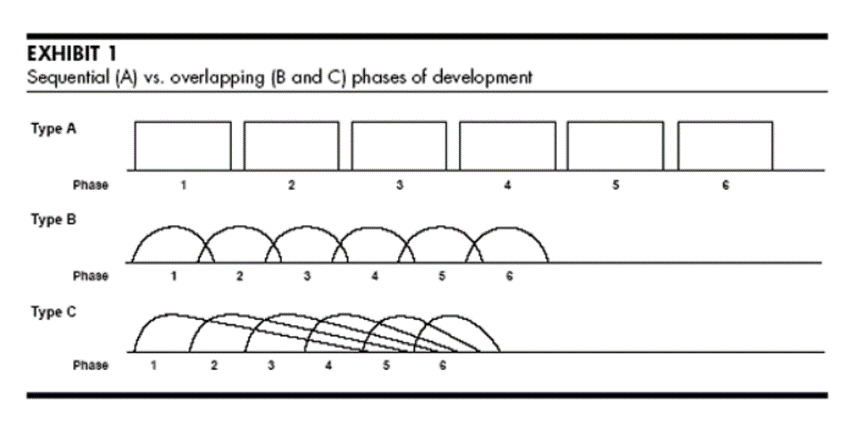
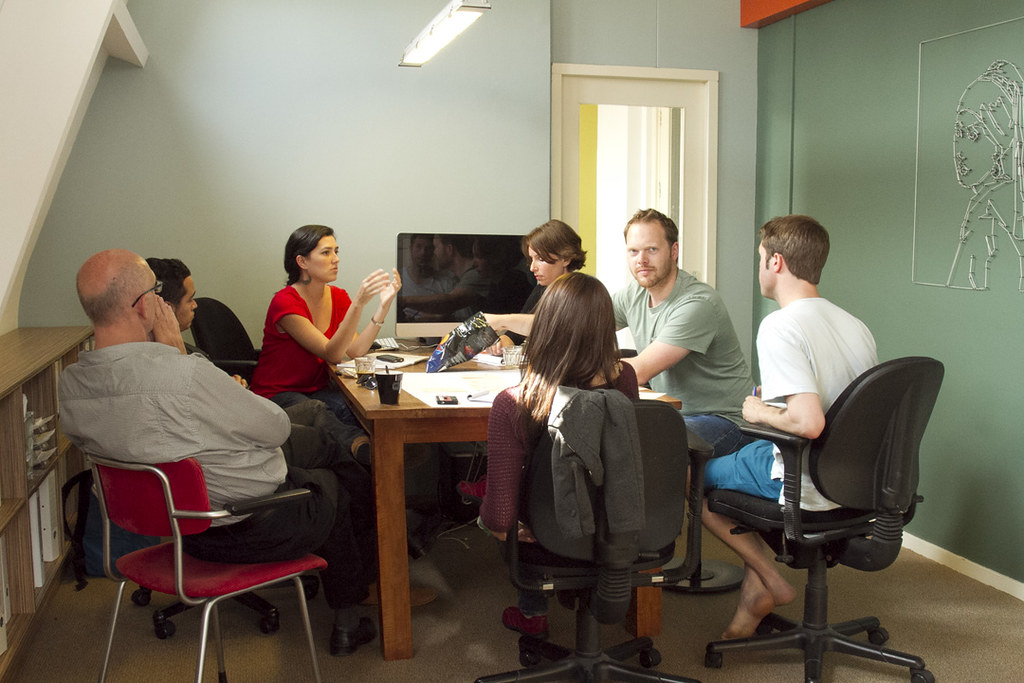
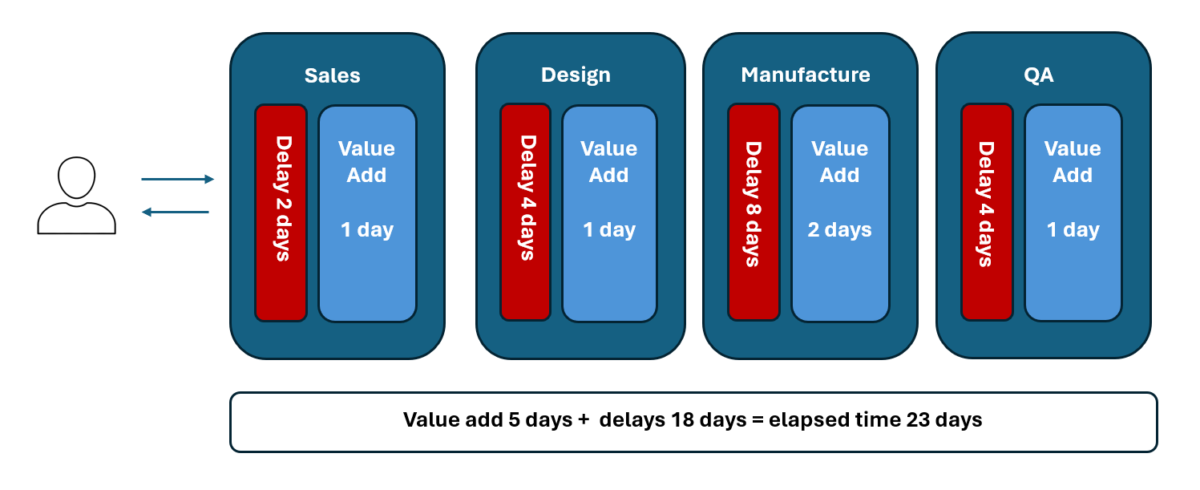
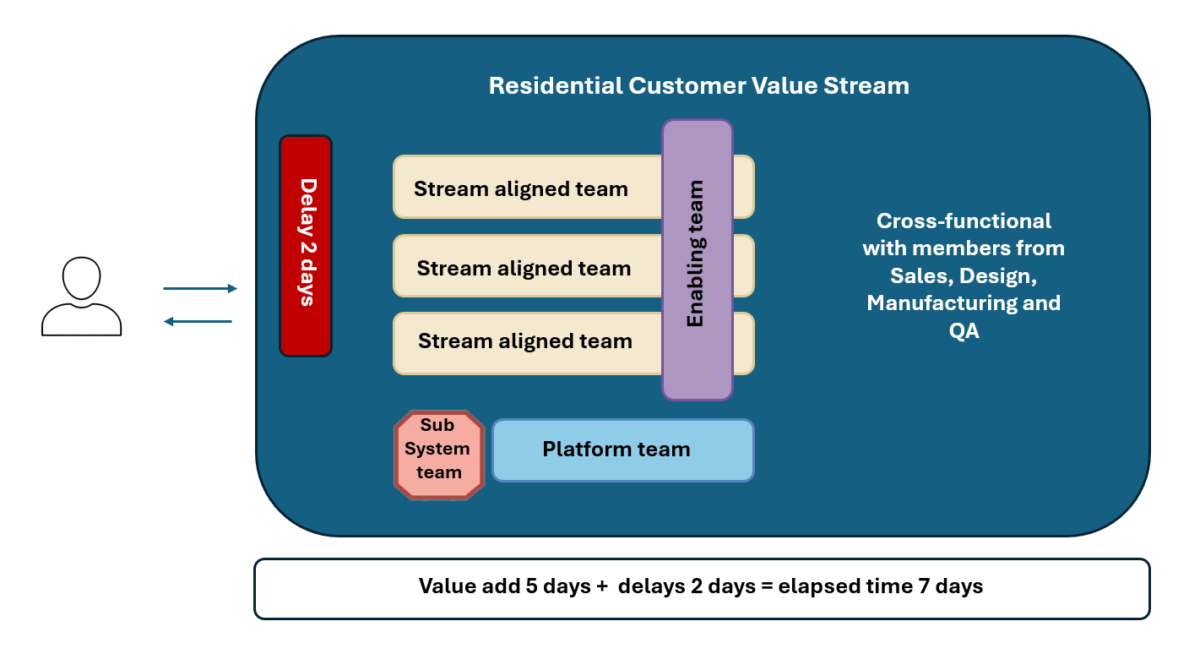



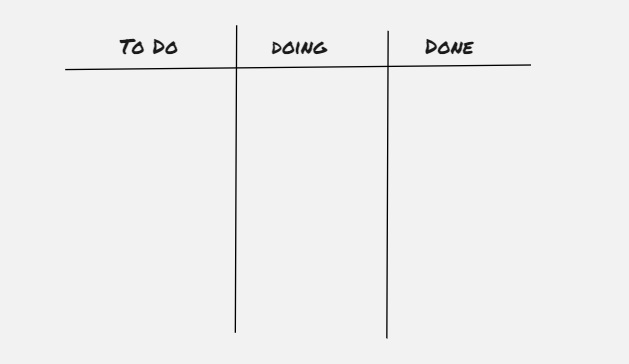
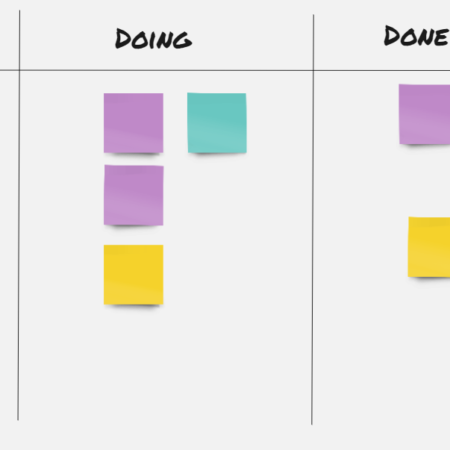
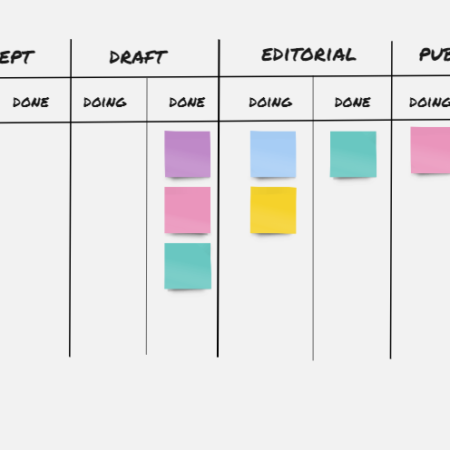
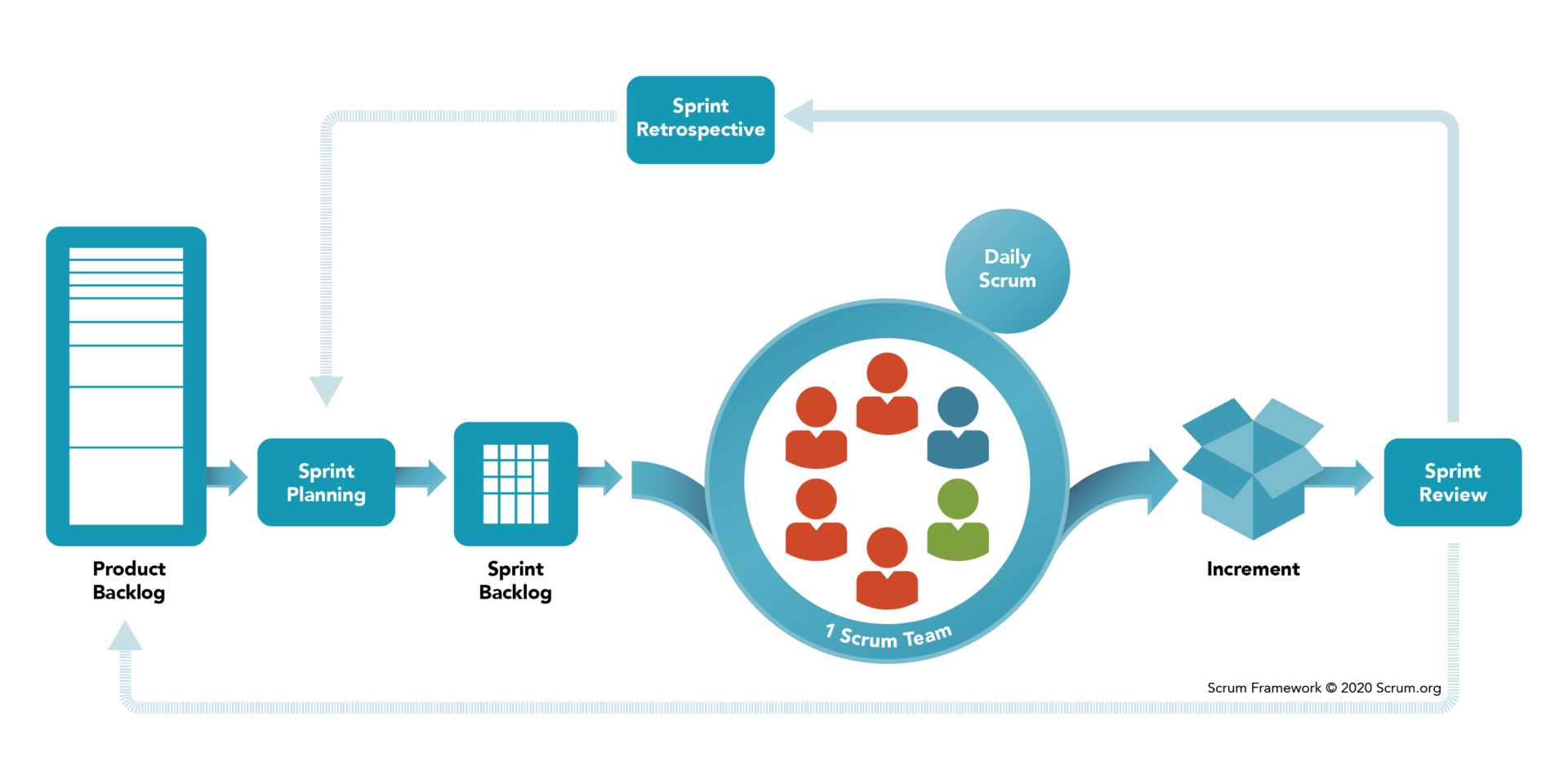 The iterative, incremental nature of Scrum can help to bring focus, commitment, alignment and collaboration to the forefront of your business.
The iterative, incremental nature of Scrum can help to bring focus, commitment, alignment and collaboration to the forefront of your business.



